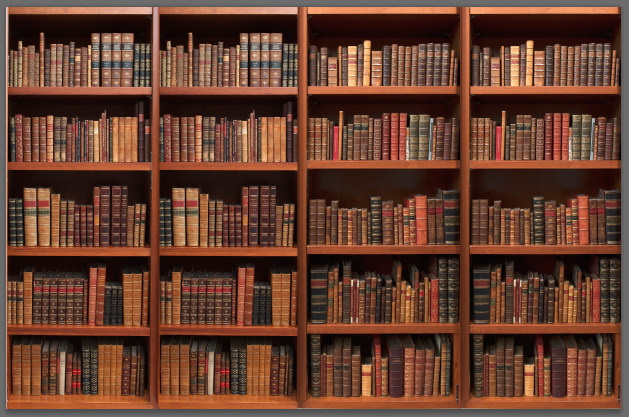About the Poet
Laura Bylenok is the author of three books, including Living Room, winner of the Backwaters Prize in Poetry; Warp, winner of the T.S. Eliot Prize; and a/0. Her poetry has appeared in Crazyhorse, Guernica, Ninth Letter, Arts & Letters, DIAGRAM, and many other journals. She holds a BA from the University of Washington, an MFA from the Writing Seminars at Johns Hopkins University, and a PhD in Literature and Creative Writing from the University of Utah. Bylenok is an Associate Professor of English and Creative Writing at the University of Mary Washington in Fredericksburg, Virginia.

On “Symbiosis”
Symbiosis commonly refers to a mutually beneficial relationship between persons or groups, but it comes from the biological definition that refers to close living arrangements between members of different species. The fact of different species is important; so is the living. The term comes from the Greek sumbiōsis, ‘a living together.’ This is the first strand of my book Living Room, one which obsesses with boundaries and the ways they shift and break down.
Poets, like most humans, love to compare, and I too delight in imagining the overlay of two entirely different beings. Homer’s Gorgythion when his head drops like a poppy’s in the rain. Milton’s god in Paradise Lost perched like a dove to hatch its eggs. Nirvana’s seafoam shame in “All Apologies.” Even if the metaphor is meant to move in one direction, to serve and explain or elucidate one image, both images get inside the other in this mutual way, and now when I see poppies I can’t not feel their decapitation as somehow human.
So that’s what started the poem “Symbiosis”: the lived reality of metaphor. The rest is genetics, which is another strand of the book, especially as it plays out in motherhood, in theory and in failure, and in its lived reality. I like to think of genetics as a language we pass on, that we speak without ‘knowing’ (at least not in our conscious self). Like language, it exists in community and in its use. It is both continuance and presence, particularity.
The tongue, then, inside a mouth, becomes the metaphor for genetics in the poem. In the final image, the mouse is the child and the house cat is the mother, but the tongue is the same, and destruction becomes self-destruction. There is no boundary because the images have merged. Miscarriage, which was the lived experience behind this poem, created for me such a deep sense of failure, it was as if I were self-destructing instead of simply allowing genetics to work out its sentences, like seafoam writing illegibly on a shore that would keep on absorbing it, despite the despair. If genetics is like language, maybe living is a way of listening, and listening meant letting that play out in the poem in entanglement.
-Laura Bylenok






